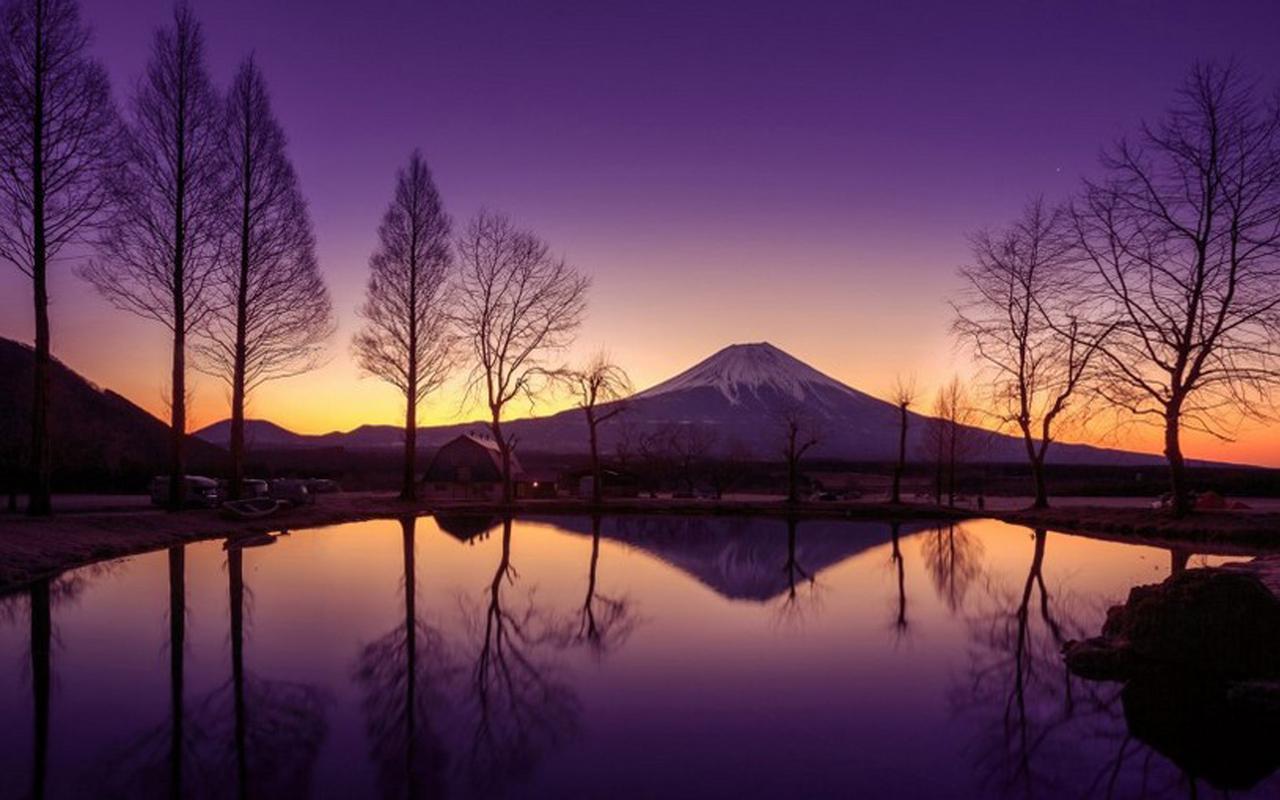Uncovering the Beauty of Our Ancestral Past: A Guide to 10 Tangible Cultural Heritage Sites in the Philippines
The Philippines is a land of great ritual, traditions, and a rich cultural heritage. This distinct blend of cultural diversity can be found in abundance across the archipelago, from as far as the far north all the way down to the southernmost island of Mindanao.
The country is home to a wealth of tangible cultural heritage sites that have stood witness to the Filipino’s social, political, economic, and religious aspects through the ages. These sites serve as important cultural anchors, showcasing the country’s heritage and providing visitors with a unique window into its past. In this guide, we take a closer look at ten such cultural heritage sites in the Philippines that you simply must visit.
1. Paoay Church in Ilocos Norte
This 400-year-old church in Ilocos Norte is a fine example of the Baroque style of architecture favored by Spanish colonizers. Its façade is marked by tall, sturdy buttresses and ornate carvings. While the site is famous for its weddings, it is also home to the Immaculate Conception Parish Museum that houses invaluable artifacts and religious icons.
2. Vigan in Ilocos Sur
This provincial capital city of Ilocos Sur is home to colonial-style architecture, Kalesa (horse-drawn carriages), cobblestone streets, local cuisines, and the Bantay Bell Tower. The town is considered the best-preserved example of a planned Spanish colonial town in all of Asia, and this quality has earned Vigan its status as a UNESCO World Heritage site.
3. Tubbataha Reef in Palawan
Tubbataha Reef is a marine sanctuary located about 100 miles southeast of Puerto Princesa in Palawan. It is an underwater paradise that houses over 1,000 species of marine life, including colorful reefs, turtles, whale sharks, and several species of colorful tropical fish. Scuba diving enthusiasts come from all over the world to witness the stunning beauty of this natural treasure.
4. Mayon Volcano in Bicol
The Mayon Volcano is the world’s most active volcano and one of the most iconic natural sites in the Philippines. Rising 2,463 meters above sea level, its unique symmetrical and conical shape dominates the landscape. Visitors can take a guided hike on the trails that lead to the mouth of the volcano for a closer view of this renowned natural wonder.
5. Mt. Apo in Mindanao
Mt. Apo is the highest peak in the Philippines, rising over 2,954 meters above sea level. It is also one of the most popular trekking destinations for mountain hiking enthusiasts. The mountain is home to diverse ecosystems, including mossy forests, tropical rainforests, and several species of birds, reptiles, and mammals.
6. Intramuros in Manila
Intramuros is the oldest district of Manila and its historic walled city. Located in the heart of Manila, the district was once a fortified city during the Spanish colonial era. Visitors can explore the old walls, stroll through the cobblestone streets, and visit several museums that showcase the country’s history, including Fort Santiago, Plaza San Luis, and Casa Manila.
7. Banaue Rice Terraces in Ifugao
The Banaue Rice Terraces are a living testament to the precolonial era of the Philippines. These man-made rice paddies have stood the test of time for over 2,000 years and continue to provide a livelihood for the local tribes to this day. The terraces are located 5,000 feet above sea level and offer visitors a breathtaking glimpse into the country’s rural and agrarian roots.
8. Chocolate Hills in Bohol
The Chocolate Hills in Bohol are an iconic natural wonder that consists of over 1,200 limestone hills that turn brown during the dry season, resembling giant chocolate mounds. Visitors can climb to the observation deck at the Chocolate Hills Complex to admire the stunning panoramic view of the hills around them.
9. Subterranean River in Palawan
The Subterranean River in Palawan is one of the country’s most popular natural wonders. This underground river is over 5 miles long and flows through the St. Paul Underground River Cave. Visitors can take a guided boat tour that leads them on a magical journey through the towering limestone cliffs and majestic rock formations.
10. Batad Rice Terraces in Ifugao
The Batad Rice Terraces in Ifugao are another fine example of an ancient agricultural system that has survived through the ages. Protected by UNESCO as a World Heritage site, these terraces are strikingly beautiful and offer visitors the opportunity to step back in time and experience the Philippines’ traditional way of life.
In conclusion, the Philippines is a land overflowing with cultural richness and diversity. These ten tangible cultural heritage sites offer visitors a unique glimpse into the country’s rich cultural history, traditions, and natural wonders. These sites serve as a means of connecting with our ancestral past, preserving our heritage, and passing it on to future generations.
(Note: Do you have knowledge or insights to share? Unlock new opportunities and expand your reach by joining our authors team. Click Registration to join us and share your expertise with our readers.)
Speech tips:
Please note that any statements involving politics will not be approved.
